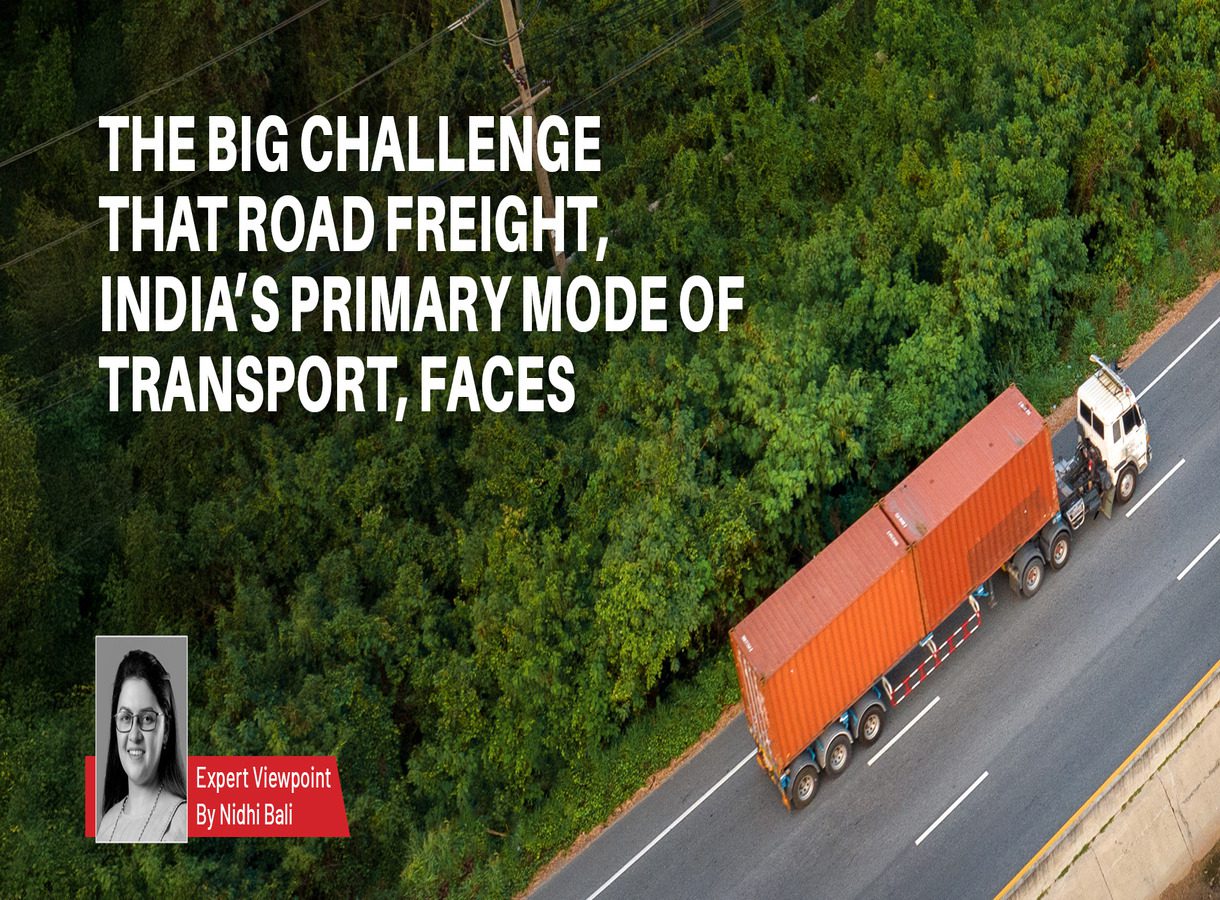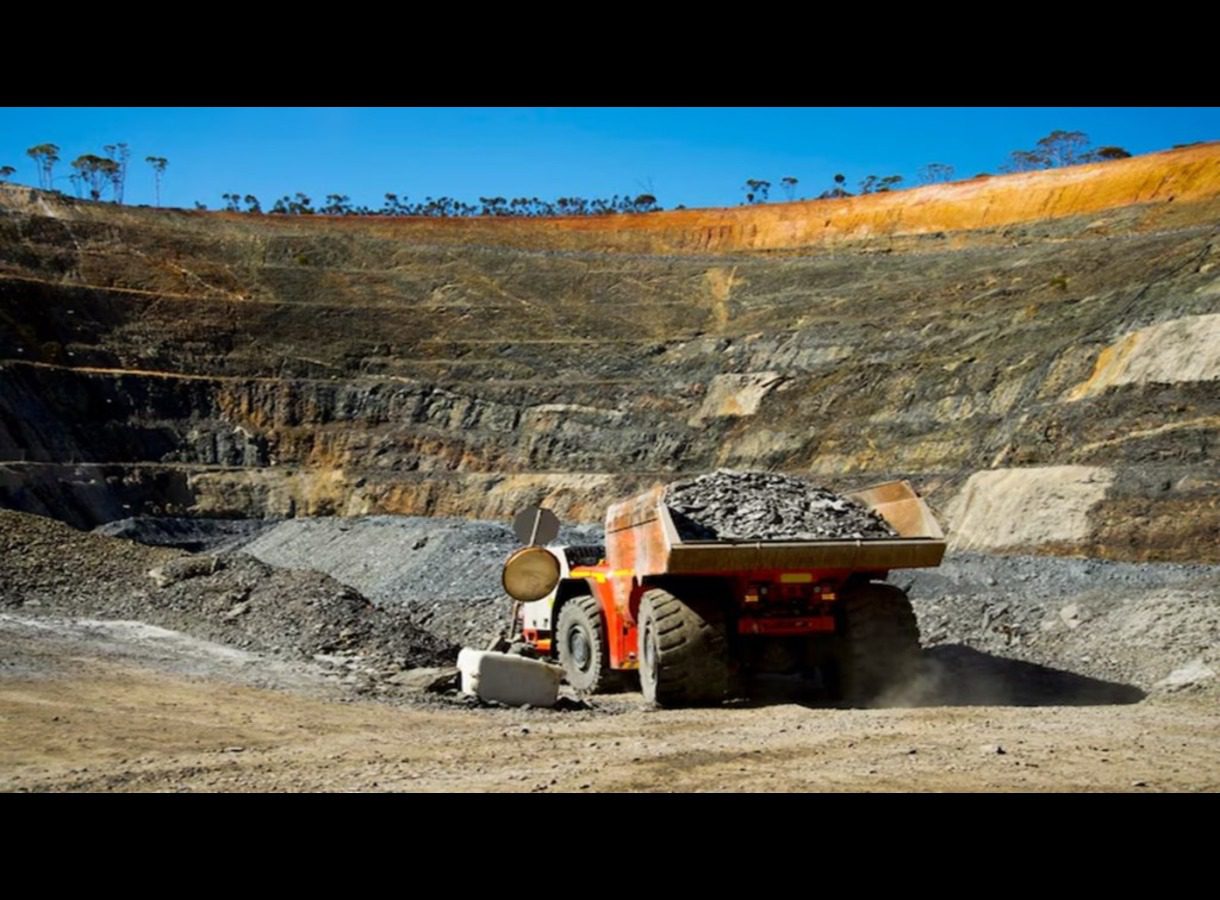Heat Action Plans across cities will fail because they are not backed by money & they don’t factor in local conditions. Heatwaves must be classified as natural disasters, with legally binding solutions.
The heatwave of 2024 had a devastating impact in most parts of the country. While we will never know the exact number of fatalities, thanks to factors like underreporting and the narrow criteria for recording heat-related deaths, anecdotal evidence suggests they must be in thousands.
For example, in just three days, between June 18 and 20, Delhi Police recovered more than 50 bodies, mostly homeless individuals, as extreme heat swept across the city.
This year’s heatwave is also predicted to be severe. IMD has forecast higher-than-usual temperatures from April to June, with increased heatwave days across large parts of the country. The question is: How prepared are we to deal with the deadly impact of extreme heat in 2025?
First, awareness of heatwaves has increased significantly in recent years. Consequently, GOI has responded on two fronts to support states and cities in developing action plans. Ministry of health and family welfare has released a National Action Plan on Heat-Related Illnesses to capacitate hospitals to manage heat-affected patients.
Additionally, the National Heat-Related Illness and Death Surveillance system has been put in place to track health impacts. However, its data is generally not made public. For instance, we still do not have official figures for heat-related deaths in 2024.
NDMA, on the other hand, is assisting states, districts and cities in developing Heat Action Plans (HAPs). Recently, NDMA has asked all states, including those in the Himalayas, to develop HAPs and implement preventive measures. Reportedly, NDMA plans to introduce 300 more HAPs at the city level. HAPs are now the primary tool for mitigating the impact of heatwaves in cities and districts. But how effectively are these action plans being implemented, and can they save lives and livelihoods?
To find the answer, my colleagues and I undertook a comprehensive assessment of HAPs in nine cities and five districts, including Delhi, Gorakhpur, Vellore, Bhubaneswar and Surat. Our assessment reveals serious shortcomings in the design and implementation of HAPs. Here are the three key findings:
- HAPs are generic action plans. They fail to consider local factors such as urban heat islands, critical infra, resource availability, and other built environment factors. Hence, most HAPs cannot accurately assess how heatwaves will affect people, infra and essential services. Without localised impact assessments, authorities cannot correctly map vulnerable populations or prepare for cascading failures in critical infra such as water supply, energy, transportation, and public health services. This is precisely what happened in 2024 in many cities when electricity and water supply failed and hospitals were overburdened.
- Addressing heatwaves requires upgraded infra — cooling shelters, water access points, emergency medical facilities and 24/7 electricity supply — as well as additional resources and personnel. No Indian city has mapped out its resource requirements. Consequently, cities have not allocated dedicated funds for HAP implementation. For example, Delhi’s HAP does not have a budget, rendering it little more than paperwork.
- The impact of heatwaves can be mitigated by reducing urban heat islands and promoting cool buildings. But NDMA guidelines lack a clear framework for integrating these strategies into HAPs. No Indian city has developed a comprehensive cooling strategy that includes building code revisions, sustainable urban design, and expanded access to cool public spaces.
From the study, it is clear that our approach to heatwave mitigation requires an urgent overhaul. We, therefore, have recommended three immediate steps for policymakers:
New classification system needed | The current definition of heatwaves is based solely on maximum day-time temperatures, ignoring crucial factors like humidity and night-time temperatures.Last year’s experience suggests that high night-time temperatures may have caused significant harm, as people could not recover from the day-time heat stress.
Similarly, the “Feels Like” temperature, which combines heat and humidity to provide a more accurate measure of heat stress, is not considered when issuing warnings. For instance, from June 20 to 26 last year, Delhi experienced seven consecutive days with a “Feels Like” temperature exceeding 50°C, which is considered hazardous. However, because the maximum day-time temperature remained below 40°C, IMD did not classify these days as official heatwave days. We need a new classification system that incorporates high day-time and night-time temperatures and the “Feels Like” temperature to trigger early warnings effectively.
Heatwaves as natural disasters | Unlike cyclones and floods, heatwaves are not officially classified as natural disasters under the Disaster Management Act, 2005. This prevents states from accessing crucial disaster relief funds. Recognising heatwaves as natural disasters will unlock resources and improve coordination across agencies.
Focused & legally binding solutions | NDMA must revise its guidelines to make HAPs actionable, city-specific and legally binding. This includes defining financial provisions, mandating infra upgrades, and integrating heat mitigation into urban planning. Cities must move beyond vague recommendations and develop real Heat and Cooling Action Plans (HCAPs) that focus on reducing temperatures, providing sustainable cooling solutions, and ensuring rescue and relief from the heat.
As the climate crisis intensifies, half-measures will no longer suffice. Heatwaves are now among the deadliest natural hazards facing the country. Without immediate and comprehensive reforms, the next heatwave will bring not just unbearable temperatures but also another avoidable tragedy.


